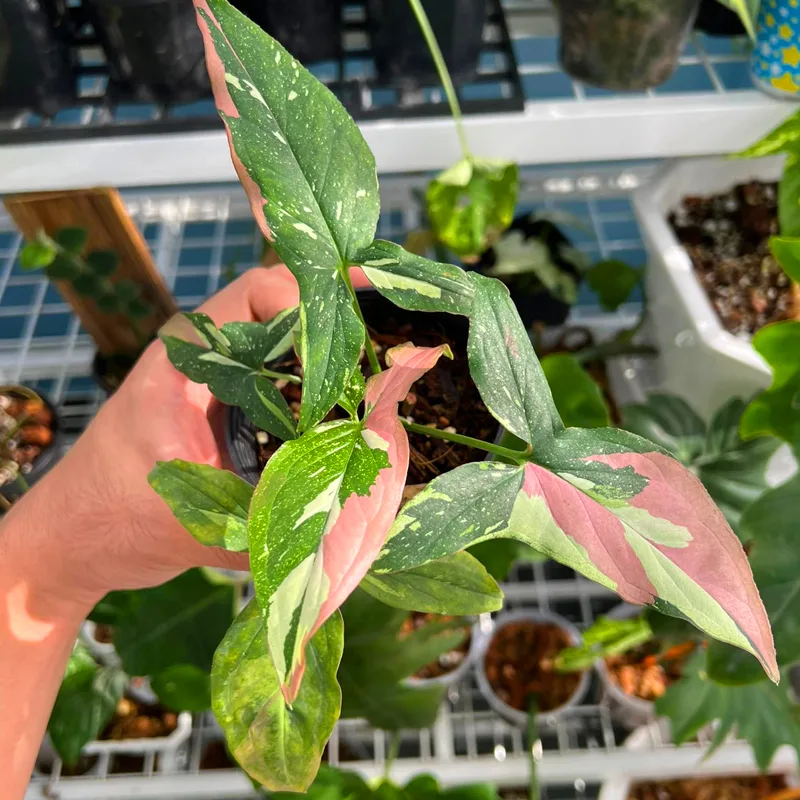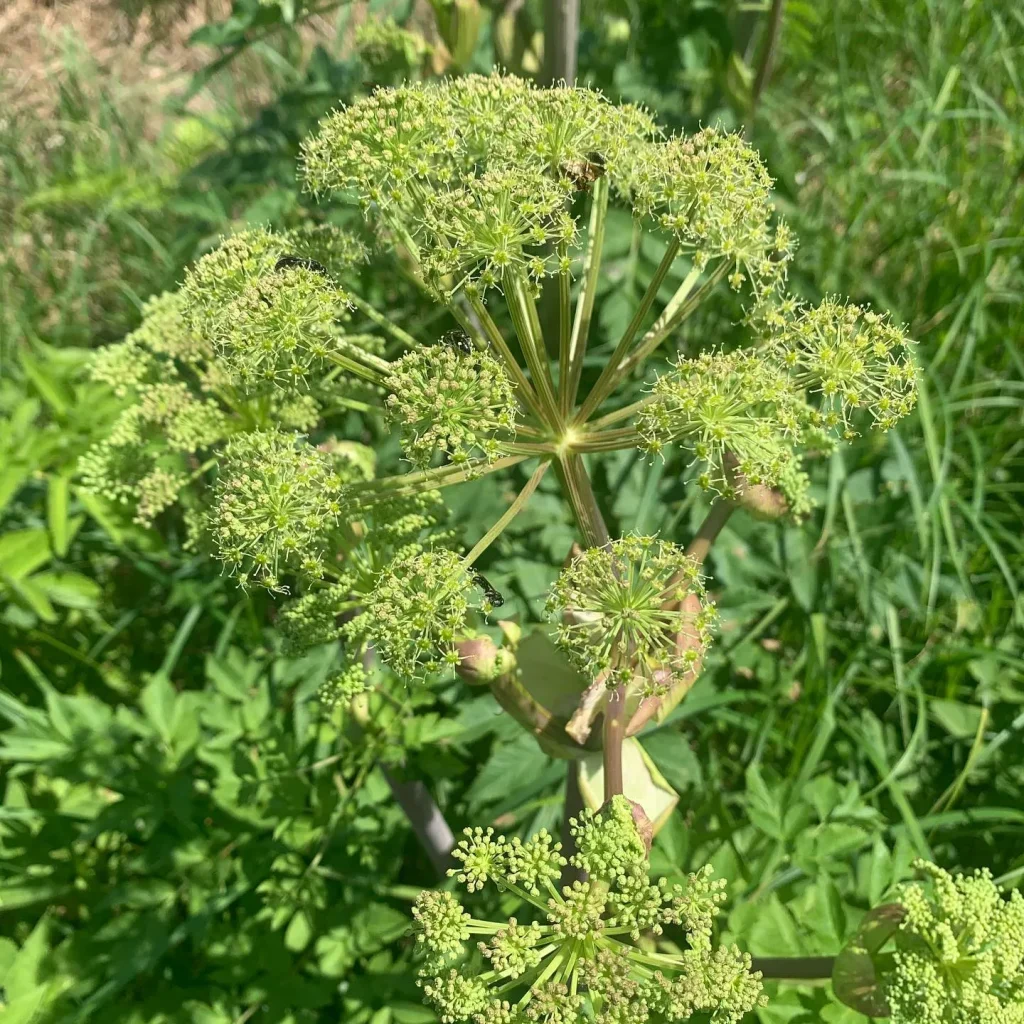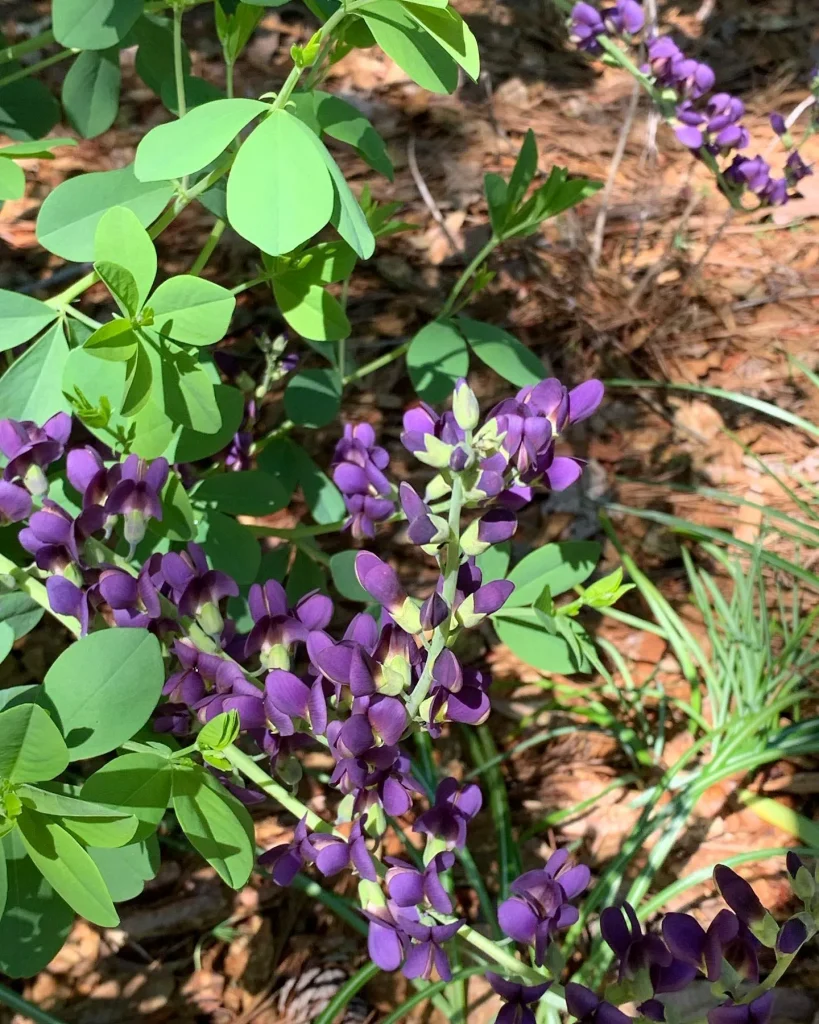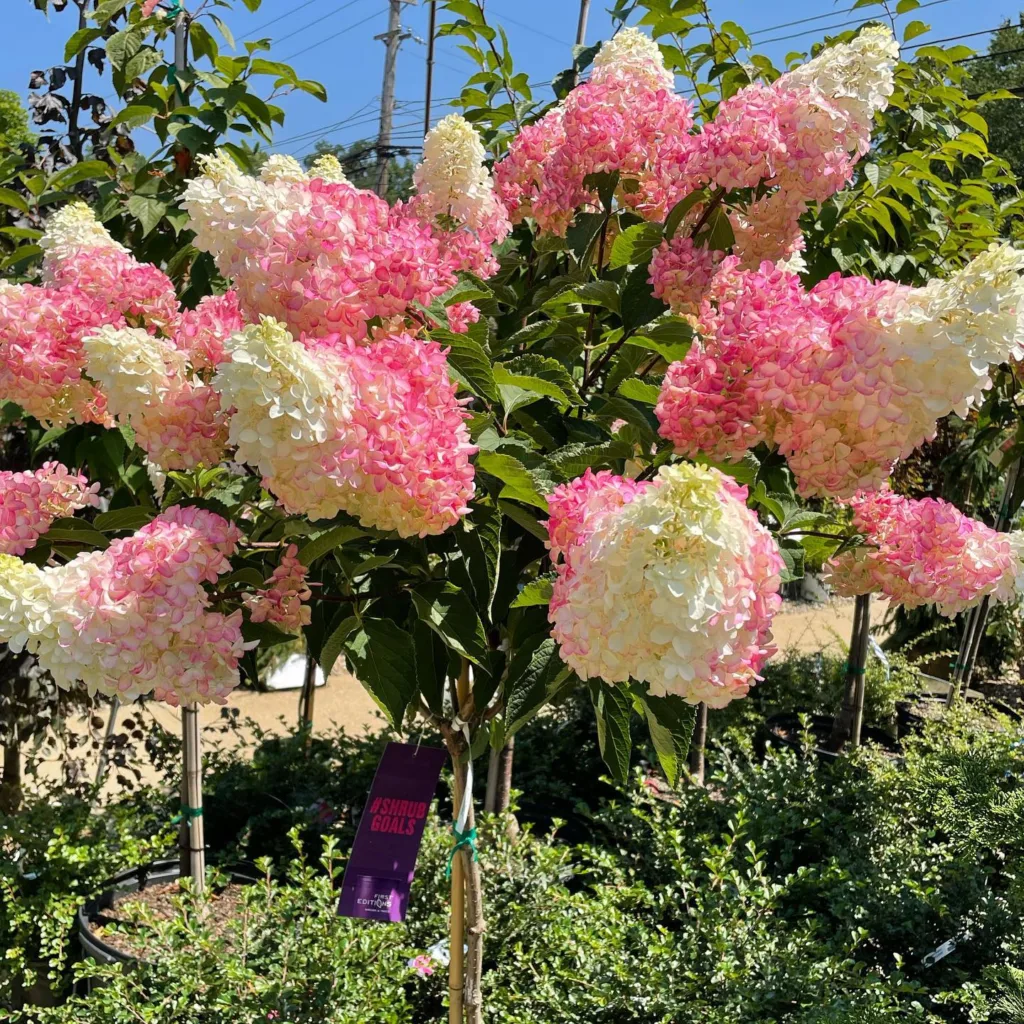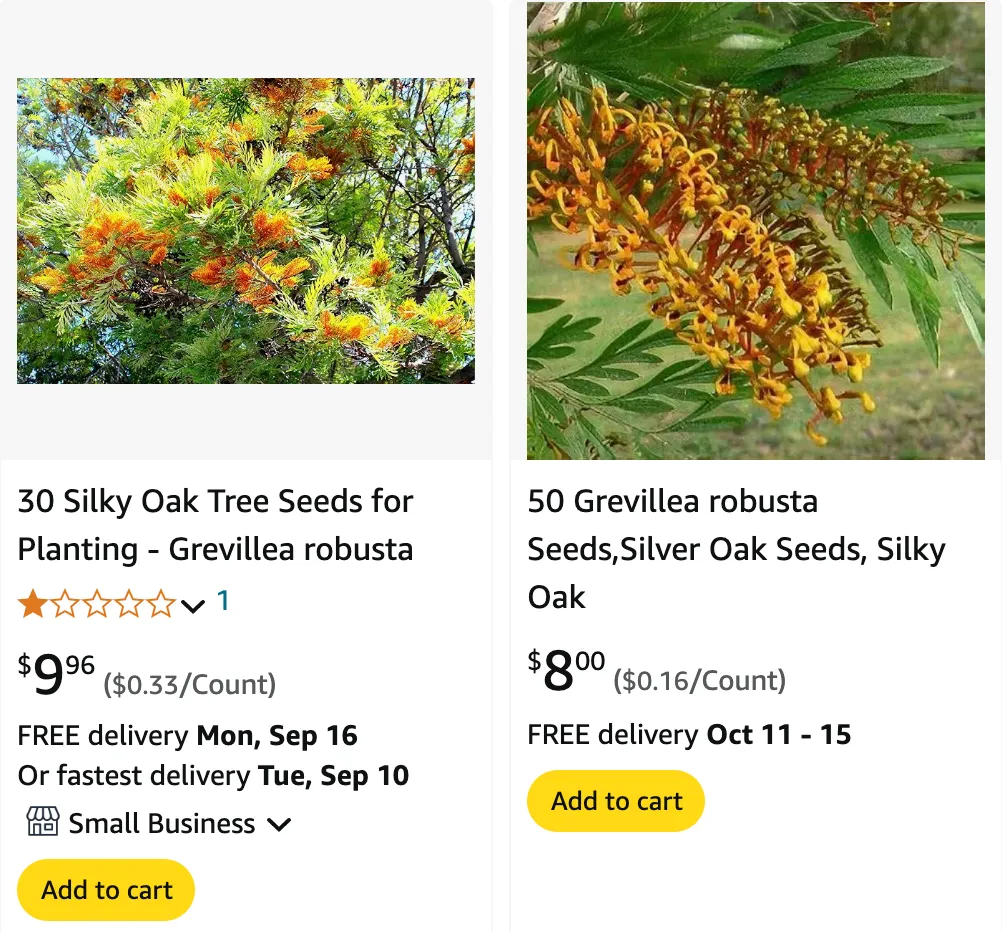
FAQs About Grevillea Robusta
If you’re a plant lover like me, Grevillea Robusta, or the Silky Oak, is a striking addition to any garden. I’ve always been fascinated by this tree’s majestic look and easy-care nature. It’s a favorite in Australia and has caught on in other parts of the world, too. If you’re curious about growing and caring for Grevillea Robusta, you’ve come to the right place. I’ll cover the most common questions I’ve come across about this unique plant.
396 Species in Genus Grevillea
What is Grevillea Robusta?
Grevillea Robusta is an evergreen tree native to Australia. Known for its tall, elegant form, it can grow up to 80 feet (24 meters) in the right conditions. Its fern-like leaves and bright yellow-orange flowers give it a striking appearance that stands out in any landscape. It’s often referred to as Silky Oak due to the silky texture of its wood, which has also been used in furniture making.
How to Grow Grevillea Robusta?
Growing Grevillea Robusta is relatively straightforward, especially if you live in a warm climate. This tree thrives in USDA hardiness zones 9 to 11, where temperatures don’t drop too low. Plant it in well-draining soil with plenty of sunlight—Grevillea Robusta loves full sun and will grow best when exposed to it for most of the day. Water the tree regularly in its early years to establish strong roots, but once mature, it becomes drought-tolerant.
The key to success with this tree is avoiding overwatering. Grevillea Robusta does not like to sit in soggy soil, which can lead to root rot. I’ve found that a mix of sand and loamy soil works best for keeping the roots healthy and well-aerated.
How to Propagate Grevillea Robusta?
If you’re like me and love propagating your plants, Grevillea Robusta can be grown from seeds or cuttings. However, seed propagation takes patience. The seeds require a pre-treatment of soaking in hot water for about 24 hours before planting. Once treated, plant the seeds in a well-draining mix and keep them in a warm, sunny location.
For a quicker option, try propagating Grevillea Robusta from semi-hardwood cuttings. Cut a healthy branch from the tree, remove the lower leaves, and dip the cut end in rooting hormone. Plant the cutting in a pot with moist soil and place it in a shaded area. Keep the soil moist, and in a few weeks, roots should start to form.
How to Care for Grevillea Robusta?
Caring for Grevillea Robusta is a breeze once you know its preferences. This tree is highly adaptable but does best when planted in well-draining soil and exposed to full sun. During the first few years, give it regular water to establish its roots, but once it’s mature, you can cut back. Grevillea Robusta is drought-tolerant and can thrive with minimal watering.
In terms of pruning, I recommend doing so during late winter or early spring. Prune any dead or damaged branches to promote healthy growth and maintain a nice shape. This tree doesn’t need much fertilization, but if you want to give it a boost, opt for a phosphorus-free fertilizer, as Grevillea Robusta is sensitive to phosphorus.
Is Grevillea Robusta Poisonous?
One question I get a lot is whether Grevillea Robusta is poisonous. Yes, it can be toxic to humans and animals. The sap of Grevillea Robusta contains skin irritants that can cause rashes in sensitive individuals. I’ve heard stories of pets getting mild symptoms after chewing on the leaves, so it’s best to keep them away from the plant if possible.
Can You Grow Grevillea Robusta Indoors?
While Grevillea Robusta is primarily grown outdoors due to its size, you can attempt to grow it indoors if you provide the right conditions. It will need a large container with well-draining soil and plenty of light—ideally, you should place it near a south-facing window to maximize sun exposure. Indoor growth will keep the tree smaller than its outdoor counterparts, but be prepared to move it outdoors once it outgrows its pot.
What to Plant With Grevillea Robusta?
Grevillea Robusta pairs well with other drought-tolerant, sun-loving plants. I’ve had success planting it alongside Australian natives like Kangaroo Paw and Bottlebrush. These plants share similar water and light requirements, creating a harmonious garden with low maintenance.
What Are the Benefits of Grevillea Robusta?
The benefits of Grevillea Robusta go beyond its aesthetic appeal. It’s a fast-growing tree that provides excellent shade, making it perfect for large gardens or parks. Its flowers also attract birds and pollinators like bees and butterflies, bringing life and movement to your outdoor space.
Additionally, the wood of Grevillea Robusta has been traditionally used for making furniture, cabinetry, and flooring due to its durability and beautiful grain.
Common Problems With Grevillea Robusta
While Grevillea Robusta is relatively easy to care for, there are a few common problems to be aware of. One issue I’ve come across is root rot, which is typically caused by overwatering or poor drainage. To avoid this, ensure your tree is planted in well-draining soil and water sparingly once it’s established.
Pests such as aphids and scale can also be a problem. Regularly check your tree for signs of infestation and treat it with insecticidal soap or horticultural oil if needed.
Grevillea Robusta vs. Similar Species
Grevillea Robusta is often confused with other species in the Grevillea genus, such as Grevillea Banksii and Grevillea Juniperina. While they all share similar features, Grevillea Robusta is much larger and has more pronounced fern-like leaves. Grevillea Banksii, on the other hand, is a smaller shrub with red flowers, making it more suitable for smaller gardens.
In conclusion, Grevillea Robusta is a beautiful, fast-growing tree that adds elegance and shade to any landscape. With its minimal care requirements and stunning appearance, it’s no wonder why it has become a popular choice for gardeners worldwide.
If i die, water my plants!
